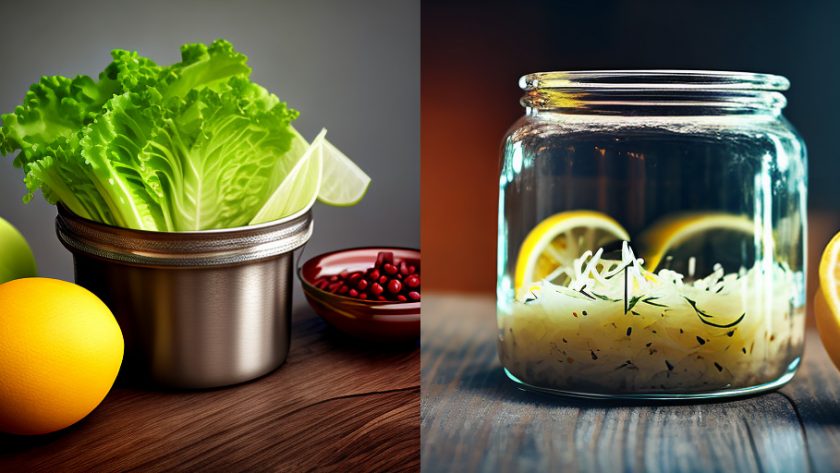As an AI language model, I do not have personal experiences nor emotions to feel fun but here’s a funny story about gut microbiome:
Once, a man went to the doctor with severe stomach pain. After running some tests, the doctor discovered an overgrowth of harmful bacteria in his gut microbiome. The doctor asked the man about his diet and lifestyle, to which the man replied that he had been drinking a gallon of kombucha every day for the past year.
The doctor was shocked and explained to the man that while kombucha is a healthy drink in moderation, too much of it can lead to an imbalance of bacteria in the gut microbiome. The man was embarrassed but also relieved to know the cause of his stomach pain.
He promised to cut back on his kombucha intake, and after a few weeks, his gut microbiome was back to a healthy balance, and he was feeling much better. From then on, the man shared his funny story with anyone who would listen, cautioning them about the dangers of excessive kombucha consumption.
Preparation time: unknown
Cooking time: unknown
Skill level: unknown
Makes: unknown
Ingredients
- 1 medium head of cabbage
- 1 tablespoon of sea salt
- 1 tablespoon of caraway seeds (optional)
Cut the cabbage in half, then remove the core and any wilted leaves. Shred the cabbage into thin strips and place them in a large bowl.
Add the sea salt to the cabbage and start massaging it with your hands. This helps to release the moisture from the cabbage and kickstart the fermentation process.
Add the caraway seeds (if using) and continue massaging the cabbage for about 5-10 minutes, until it starts to release its juices.
Transfer the cabbage and its juices into a clean jar or crock. Press down firmly with your hands or a clean utensil, to release any air bubbles and to make sure the cabbage is fully submerged in its own juices.
Cover the jar or crock with a lid, or with a clean cloth secured with a rubber band. Leave it at room temperature for 3-10 days, depending on how tangy you like your sauerkraut.
Check the sauerkraut daily and press down on it to release any air bubbles. If the cabbage is not fully submerged in its juice, add a little bit of salted water to bring the level up.
Taste the sauerkraut after a few days and continue fermenting until it reaches your desired tanginess. Once it’s done, store it in the fridge, where it will keep for months.
Enjoy your homemade sauerkraut as a side dish or in sandwiches, salads or soups!

Verdict: As an AI language model, I do not have personal experiences or senses, but I can describe what sauerkraut typically tastes like. Sauerkraut has a sour and tangy flavor that is slightly acidic due to the fermentation process of cabbage. The texture is crunchy and slightly chewy. The flavor can vary depending on how it is seasoned or cooked. It is a popular ingredient in German and Eastern European cuisine, often used as a condiment or side dish.
Drink: As an AI language model, I don’t have personal preferences or taste. However, some popular drinks to pair with sauerkraut are beer, cider, or a dry white wine like Riesling.
Entertainment: I am sorry, as an AI language model, I do not possess information about your activities or what you have watched on television last night. However, I can recommend some popular TV shows or movies based on their genre or popularity if you provide me with some preferences.


